
Designed by Paul Smith 2006. This website is copyrighted by law.
Material contained herewith may not be used without the prior written permission of FAUNA Paraguay.
Material on this page was provided by Paul Smith, Frank Fragano, Alberto Esquivel and Arne Lesterhuis and is used with their permission.

SAFFRON FINCH Sicalis flaveola
The "Paraguayan Canary" to locals, he is actually no relation to the familiar cagebird. However he does share certain features with the true canary, notably predominately yellow plumage and a sweet singing voice. The Saffron Finch is a common bird throughout the country and brightens up the day of everybody who comes across him.
Click on the images to enlarge them.
FIGURE 1 - Adult male ventral view, Asunción, Departamento Central (Frank Fragano undated)
FIGURE 2 - Adult male, Feria Municipal Encarnación, Departamento Itapúa (Paul Smith January 2007).
FIGURE 3 - Adult male, Ruta Trans-Chaco km650 (Paul Smith July).
FIGURE 4 - Same individual upperwing (Paul Smith July).
FIGURE 5 - Same individual underwing (Paul Smith July).
FIGURE 6 - Adult male lateral view, Bahía de Asunción, Departamento Central (Arne Lesterhuis undated).
FIGURE 7 - Same individual ventral view (Arne Lesterhuis undated).
FIGURE 8 - Flock of females, Naranjaty, Departamento Presidente Hayes (Alberto Esquivel July 2004).
FIGURE 9 - Adult female, Ruta Trans-Chaco km650 (Paul Smith July).
FIGURE 10 - Same individual head detail (Paul Smith July).
FIGURE 11 - Same individual upperwing (Paul Smith July).
FIGURE 12 - Immature male, Ruta Trans-Chaco km650 (Paul Smith July).
FIGURE 13 - Same individual upperwing (Paul Smith July).
FIGURE 14 - Immature male, Encarnación Fería Municipal, Departamento Itapúa (Paul Smith November 2006).
FIGURE 15 - Juvenile dorsal view, PROCOSARA, PN San Rafael (Paul Smith December 2006).
FIGURE 16 - Flock, Laguna Capitán, Cuenca Upper Yacaré Sur (Paul Smith October 2007).
VIDEO A - Singing male, Bahía Negra (Paul Smith September 2006)
VIDEO B - Same individual as Figs 4-6 (Paul Smith July).
The male in Figs 3-5 is extremely grey on the upperparts and lacks an orange forehead, features which initially caused much confusion as regards to its identity. Typical male birds are olive-green above with a prominent orange forehead as in Fig 1, 2, 6 & 7.
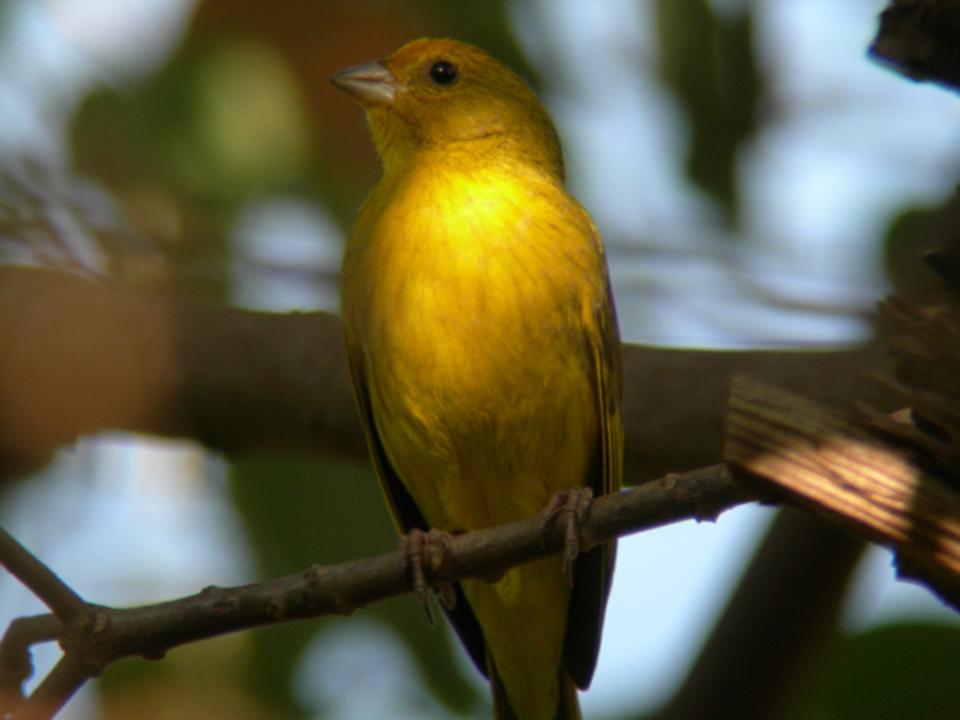 | FIGURE 1 |
|
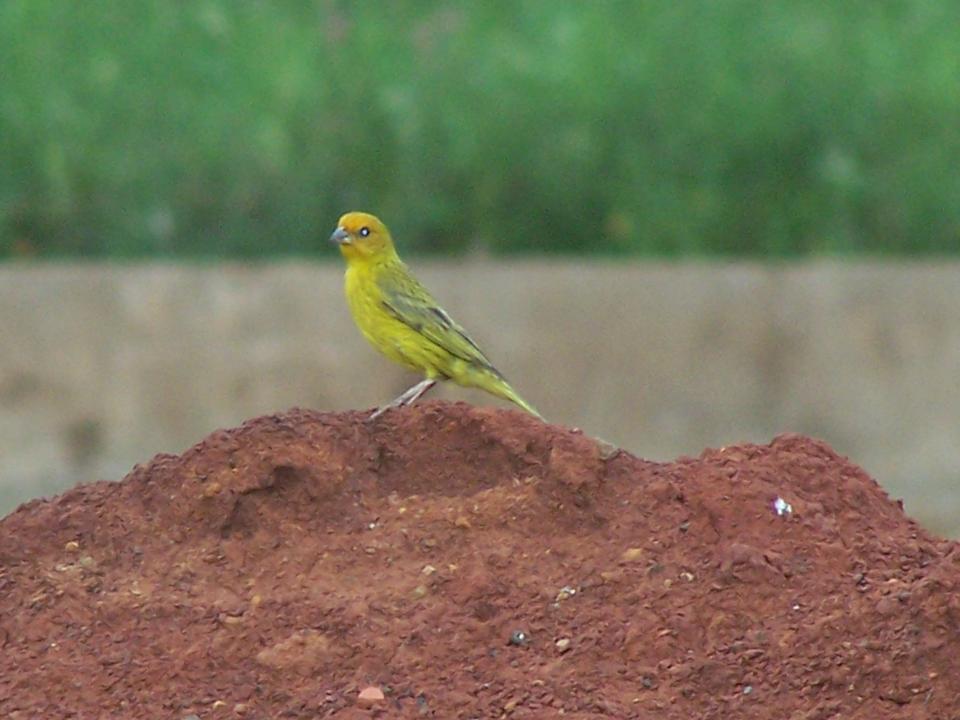 | FIGURE 2 |
|
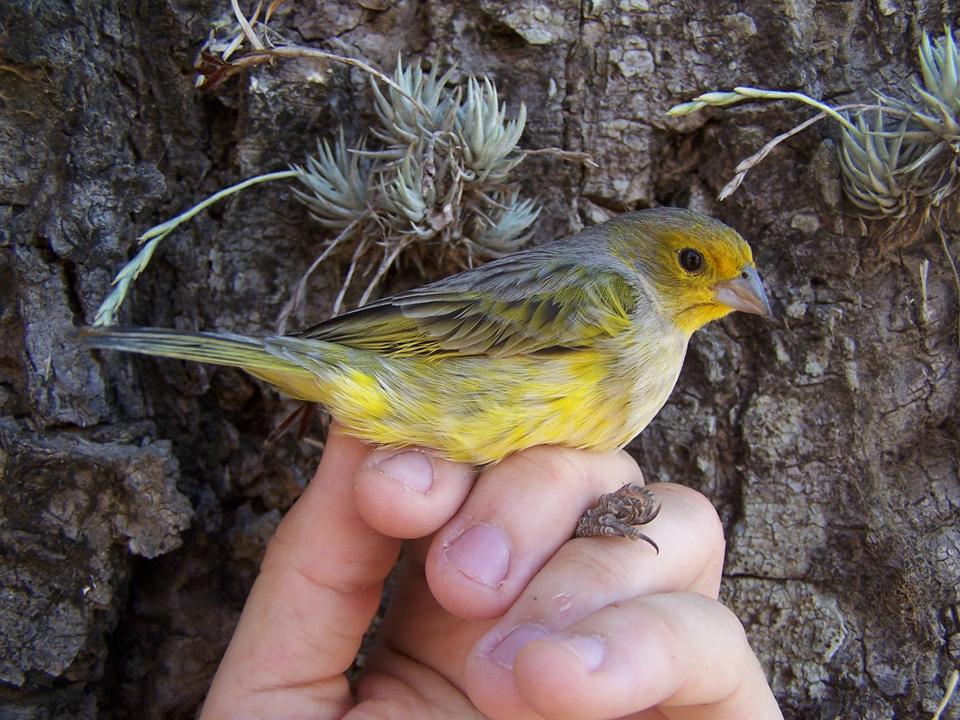 | FIGURE 3 |
|
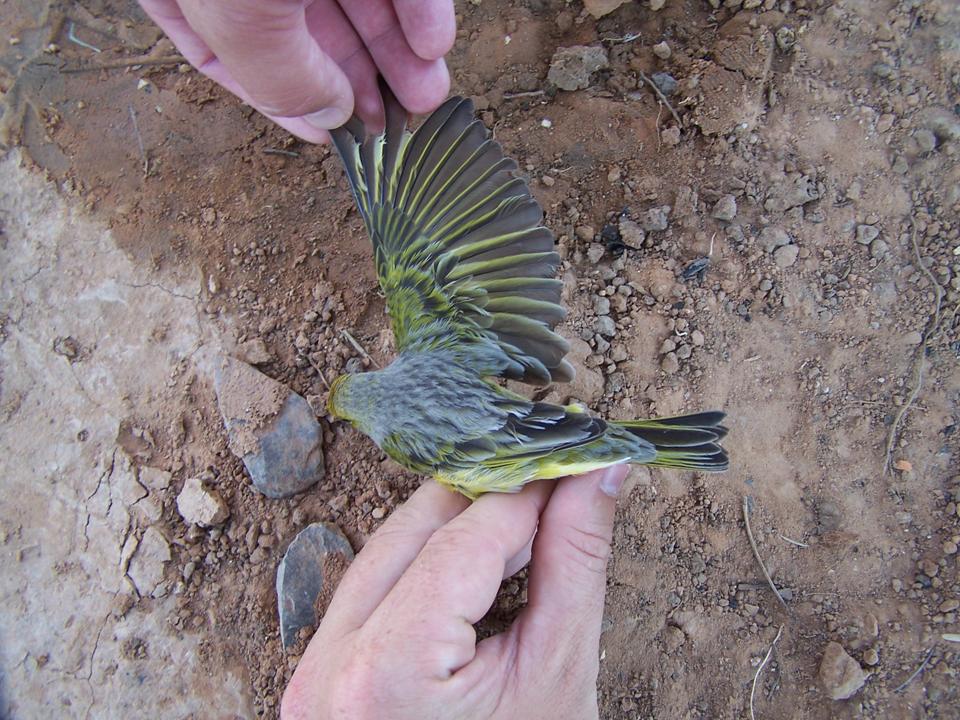 | FIGURE 4 |
|
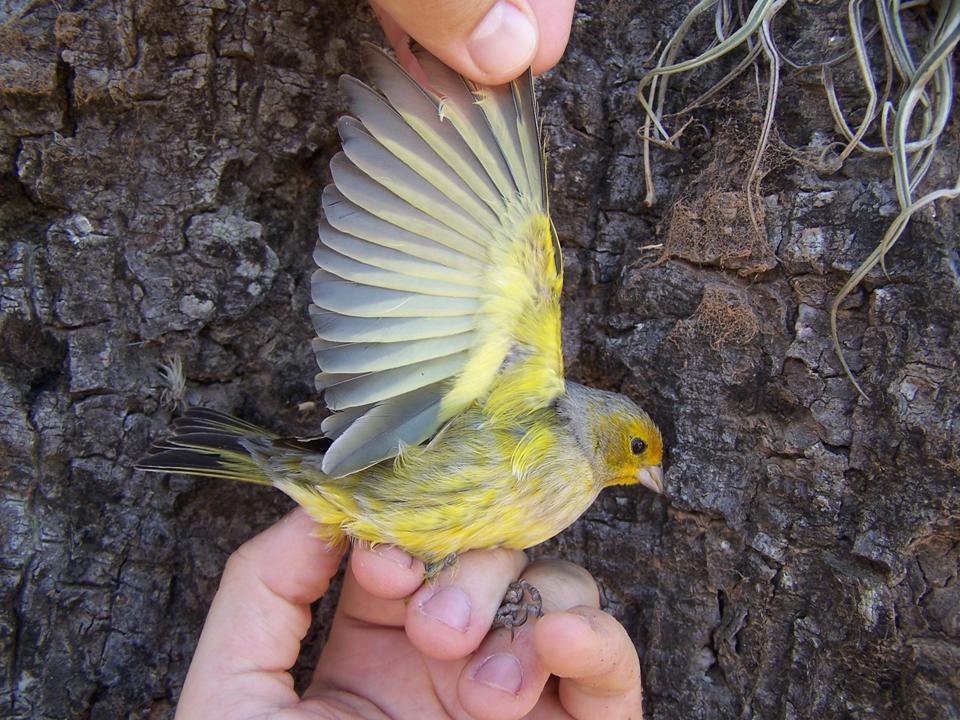 | FIGURE 5 |
|
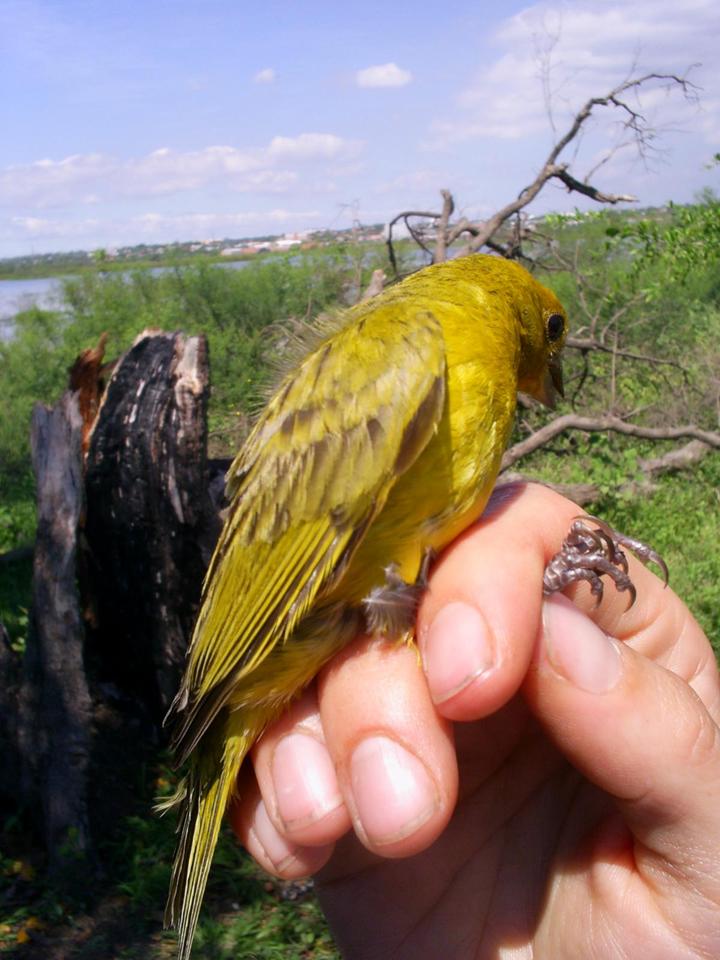 | FIGURE 6 |
|
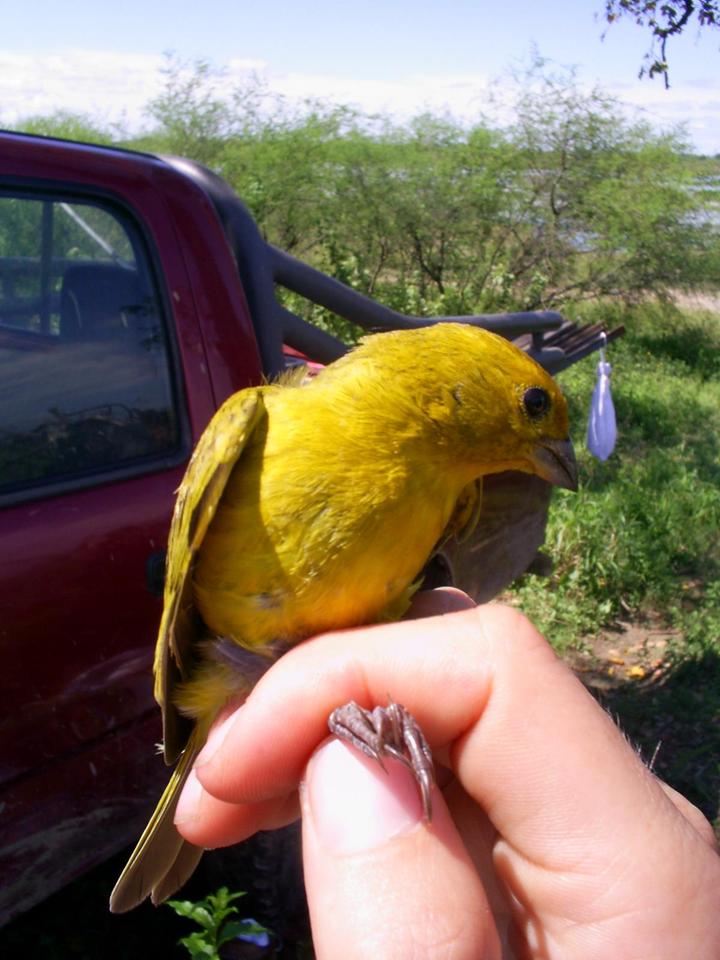 | FIGURE 7 |
|
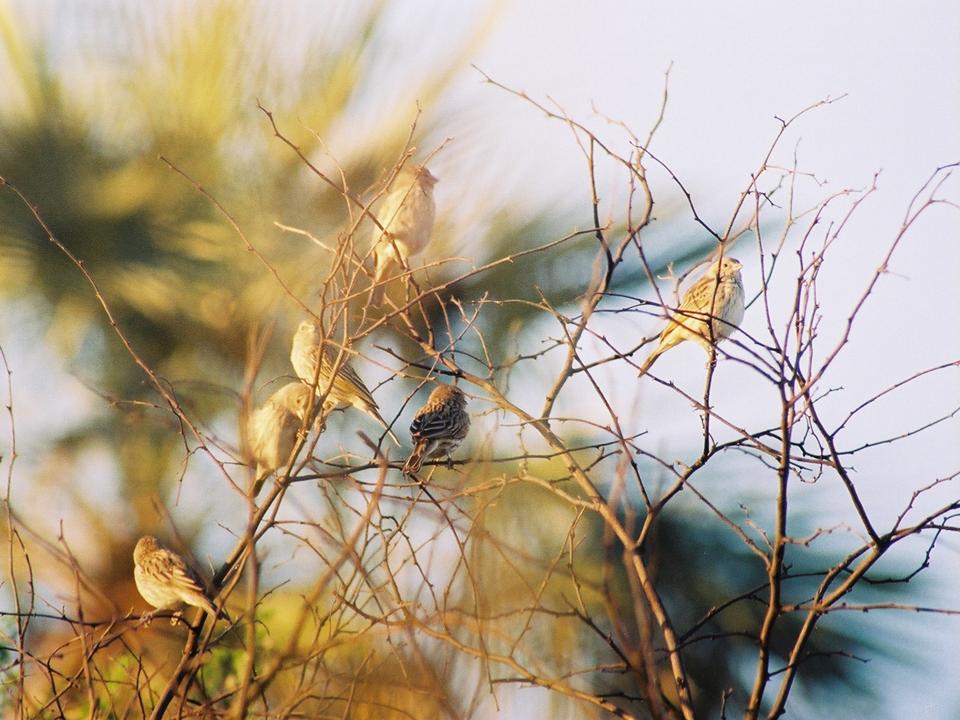 | FIGURE 8 |
|
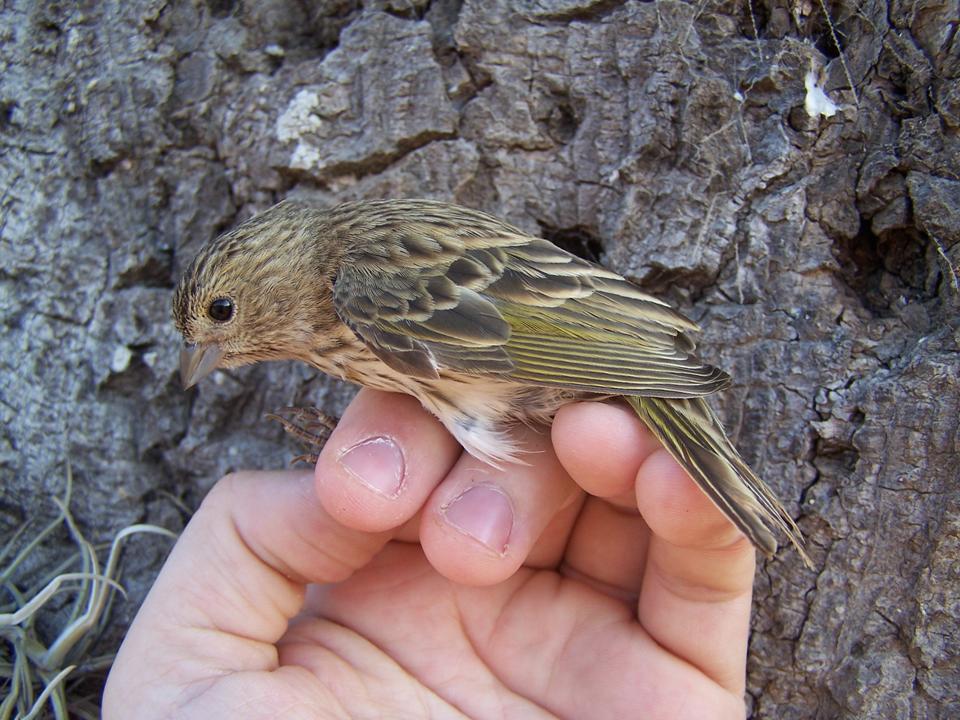 | FIGURE 9 |
|
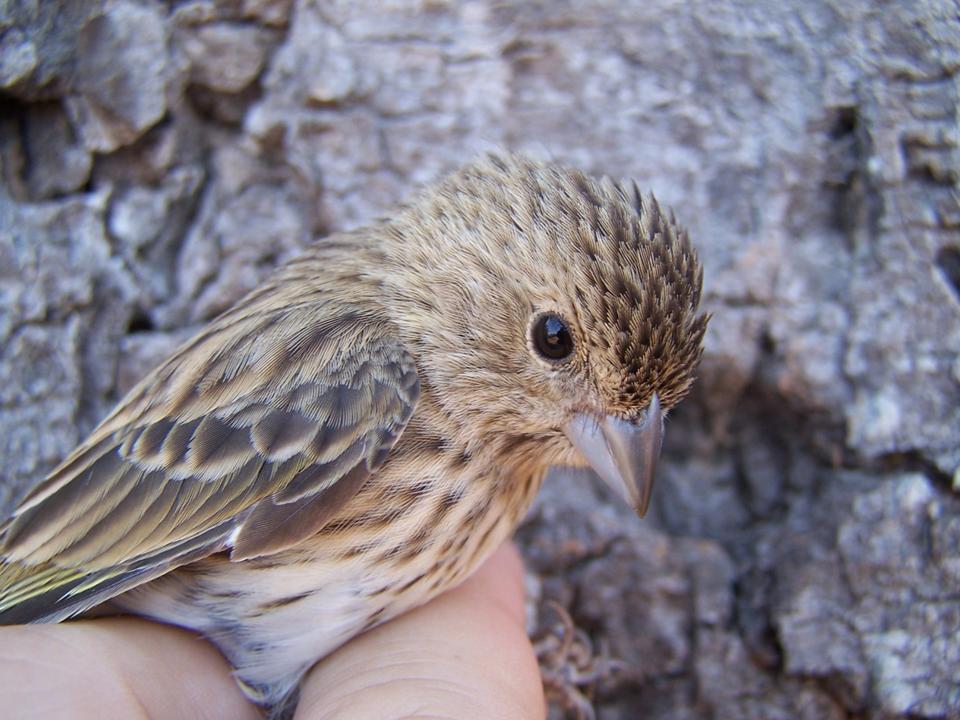 | FIGURE 10 |
|
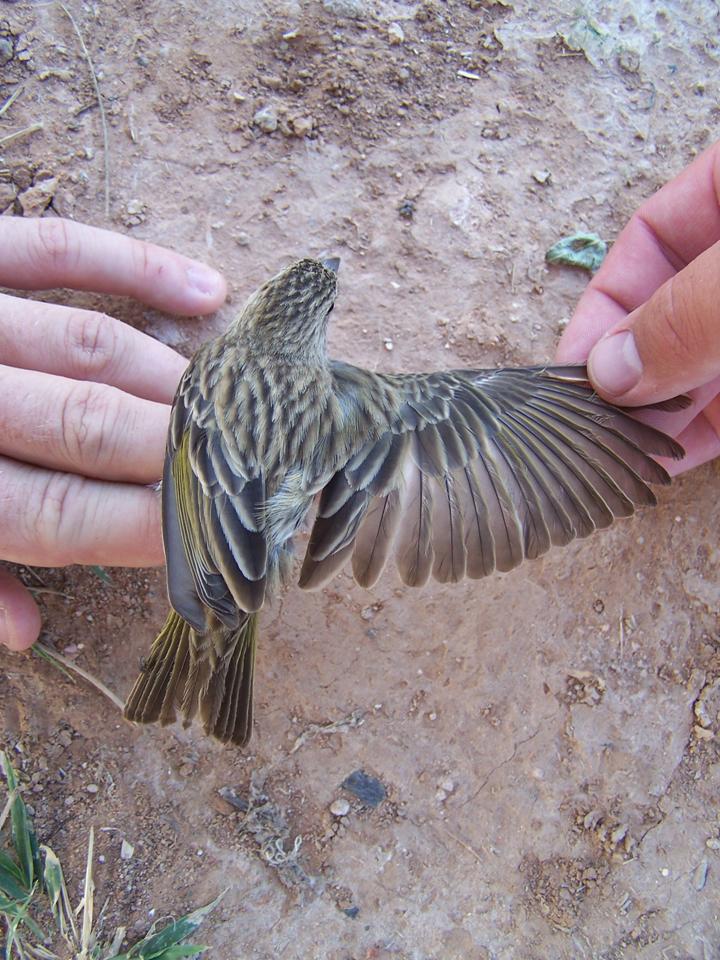 | FIGURE 11 |
|
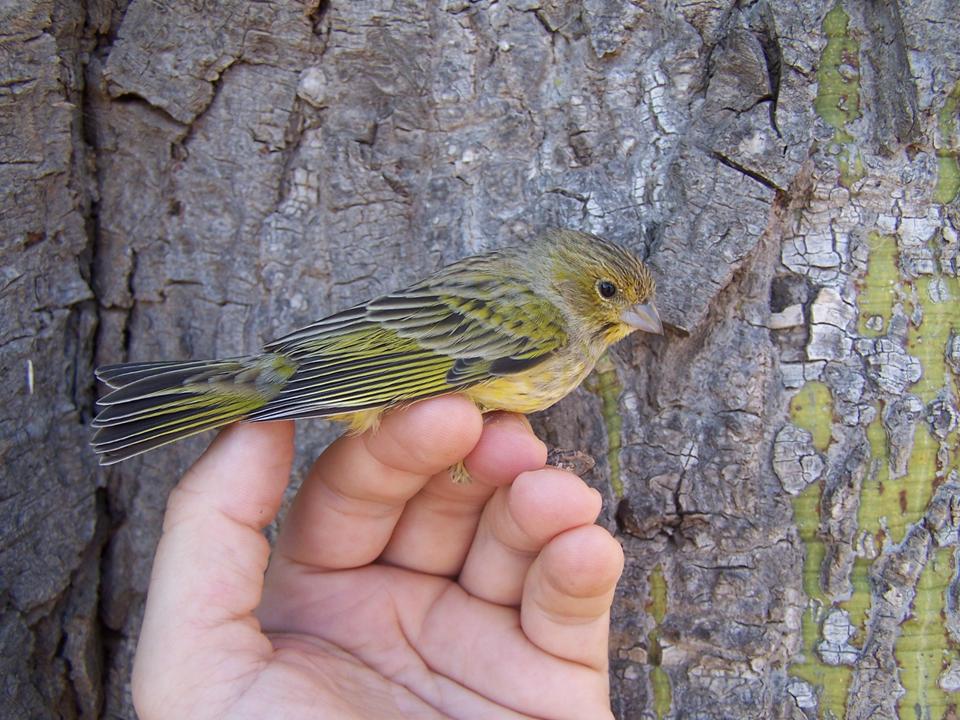 | FIGURE 12 |
|
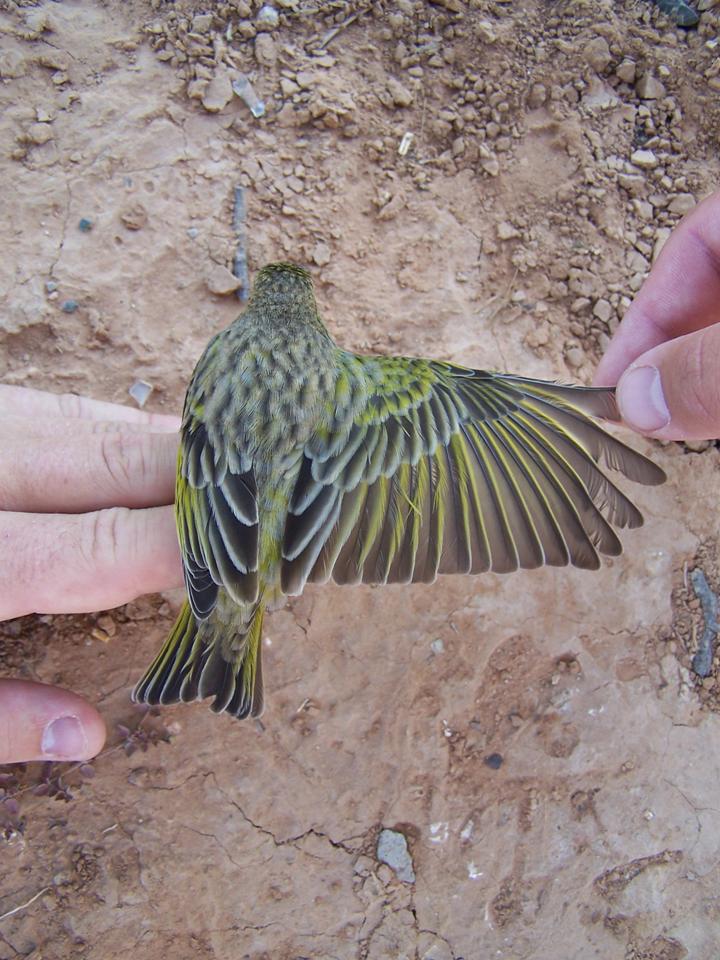 | FIGURE 13 |
|
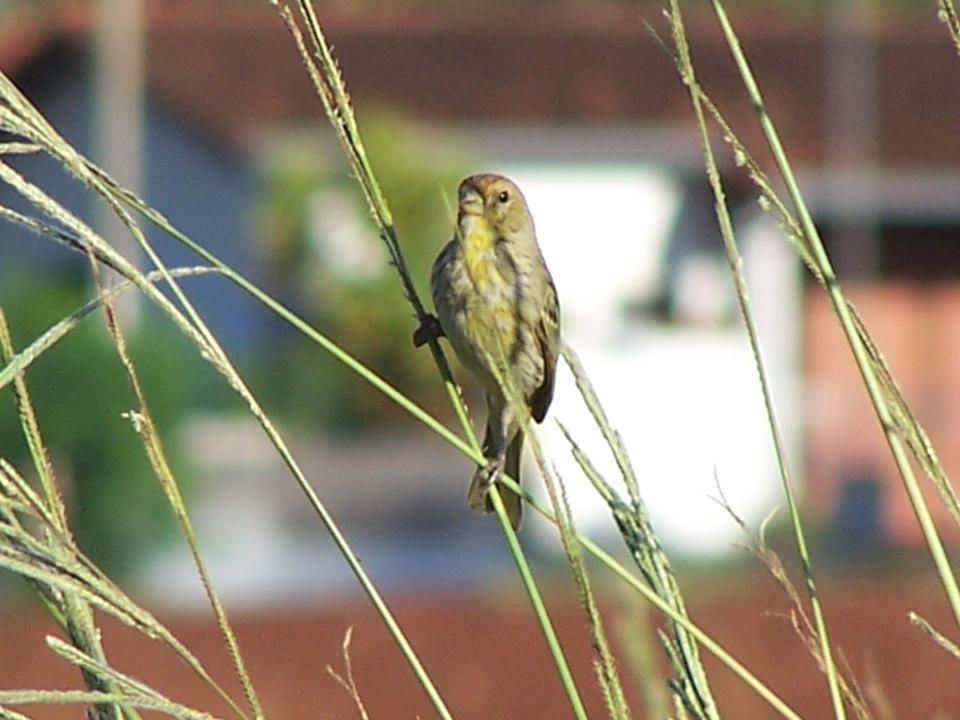 | FIGURE 14 |
|
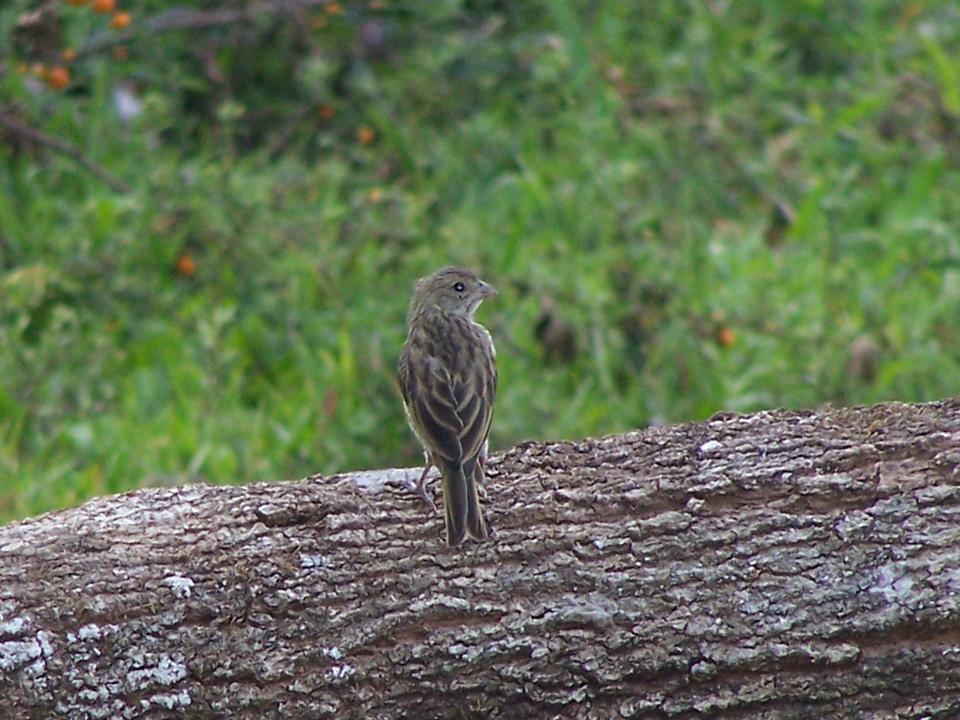 | FIGURE 15 |
|
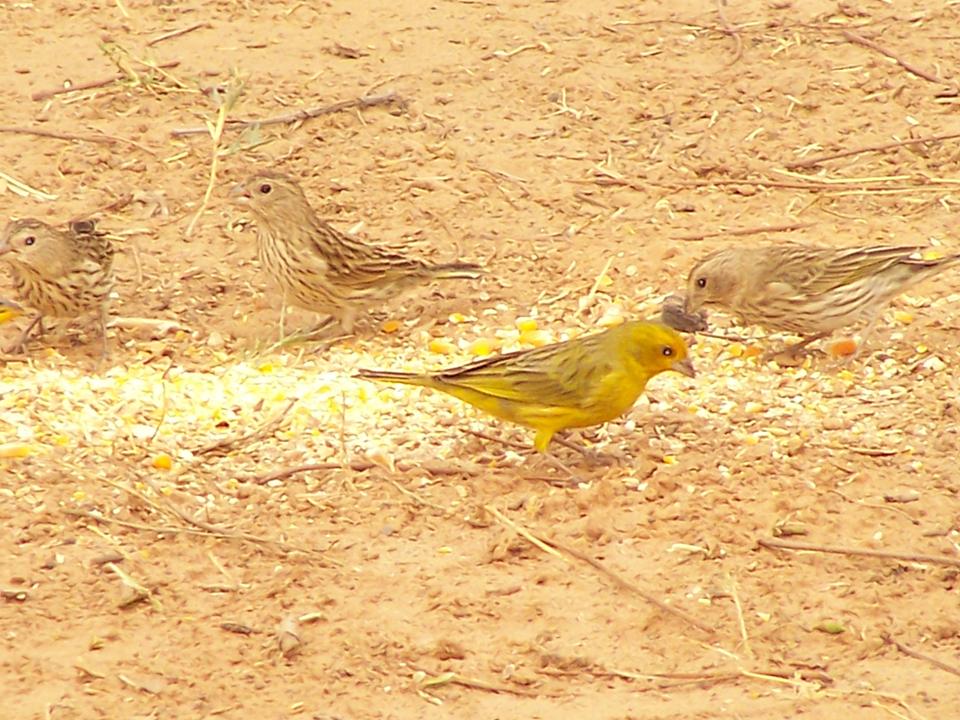 | FIGURE 16 |
|
Sicalis flaveola
1 male single notes recorded Encarnación, Departamento Itapúa (Paul Smith August 2007).
2 long song recorded Encarnación, Departamento Itapúa (Paul Smith November 2009).
3 short song recorded Encarnación, Departamento Itapúa (Paul Smith November 2009).
Click the link to hear the call. Longer versions of this call can be downloaded from the Paraguay page of our partner website Xeno-Canto - the largest collection of freely downloadable Neotropical bird calls available online.

